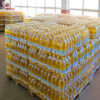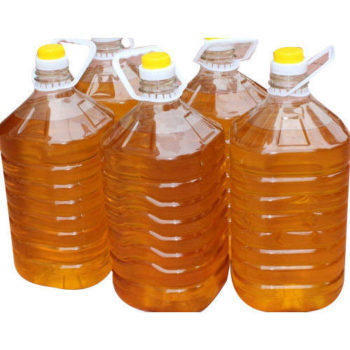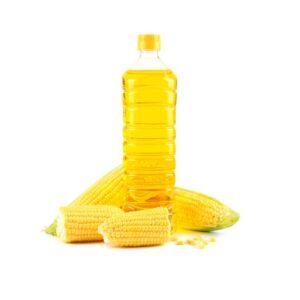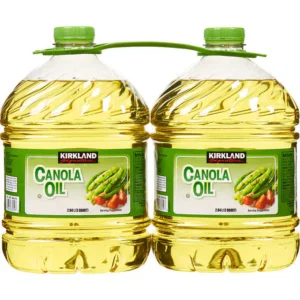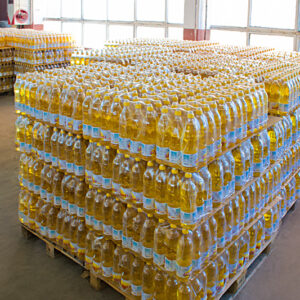UCOs are oils and fats that have been used for cooking or frying in the food processing industry, restaurants, fast foods and at consumer level, in households. The European Waste Catalogue (EWC) classifies them as Municipal Wastes (household waste and similar commercial, industrial and institutional wastes) including separately collected fractions, under the code 20 01 25 (edible oils and fats). Used Cooking Oil obtained from waste water treatment plants is also considered non‐hazardous materials with a different code: 19 08 09 (grease and oil mixture from oil/water separation containing edible oil and fats).
It is estimated that currently around 90% of cooking oils and fat used in the EU are produced from vegetable oils, whereas in countries such as Belgium relatively large quantities of animal fats are used (Peters et al, 2013). According to EU estimations, the potential UCO to be collected is around 8L UCO/capita/year. Extrapolated to the total EU population of around 500 million, this means that 4 Mton of UCO is the annually capacity – seven times more than the current collected amount. This potential increases around 2% per year, following the annual increase of cooking oil usage in the EU‐15. In order to achieve this level of collection, the collection infrastructure should be improved (Anderssen et al, 2007).
Used Cooking Oil collection, transport and storage
The BIOSIRE project has identified three main UCO collection strategies :
- Processor Decentralized collection: The biodiesel company sets up a door to door collecting system in order to collect directly from the “producers” of UCO.
- Processor Centralized collection: The “producers” of UCO deliver it at centralized collection points. The biodiesel company collects them directly from these locations.
- Combined Supplied Collection: The biodiesel company supplies the raw vegetable oils to the “producers” of UCO and collects them for recycling as well.
The UCO supply chain consists of the following steps:
- Production site: the site where the UCO is produced.
- Spot terminal: the first site where the UCO is initially collected.
- Filling Terminal: the terminal where the UCO is loaded to the trucks for the last stage of the process; here is the point where the blending of UCO from different oils takes place.
- Biodiesel refinery or Cleaning Terminal: the terminal where the biodiesel is manufactured
Transport and storage have to comply with CEN/TR 15367‐3 “Prevention of Cross Contamination”.
Legal Limitations for Used Cooking Oil
The following Regulations, Directives and Decisions of the European Legislation must be followed in the collection of UCO:
Regulations
- REGULATION (EC) No 1013/2006 OF THE EUROPEAN PARLIAMENT AND OF THE COUNCIL of 14 June 2006 on shipments of waste.
Directives
- Council Directive 1975/439/EEC of 16 June 1975 on the disposal of waste oils (75/439/EEC).
- Council Directive 1991/689/EEC of 12 December 1991 on hazardous waste. (91/689/EEC).
- Council Directive 1999/31/EC of 26 April 1999 on the landfill of waste.
- Directive 2006/12/EC of the EUROPEAN PARLIAMENT and of the COUNCIL of 5 April 2006 on waste.
- Directive 2008/98/EC of the EUROPEAN PARLIAMENT and of the COUNCIL of 19 November 2008 on waste and repealing certain Directives.
Decisions
- Commission Decision of 3 May 2000 replacing Decision 94/3/EC establishing a list of wastes pursuant to Article 1(a) of Council Directive 75/442/EEC on waste and Council Decision 94/904/EC establishing a list of hazardous waste pursuant to Article 1(4) of Council Directive 91/689/EEC on hazardous waste.
- Commission Decision of 16 January 2001 amending Decision 2000/532/EC as regards the list of wastes (notified under document number C(2001) 108).
- Council Decision of 19 December 2002 establishing criteria and procedures for the acceptance of waste at landfills pursuant to Article 16 of and Annex II to Directive 1999/31/EC.
Quality characteristics of the collected UCO used for processing to biodiesel
Physical and chemical properties of UCO (Wen et al, 2010)
| Property | Units | Value |
| Palmitic Acid | wt% | 8.5 |
| Stearic Acid | wt% | 3.1 |
| Oleic Acid | wt% | 21.2 |
| Linoleic Acid | wt% | 55.2 |
| Linolenic Acid | wt% | 5.9 |
| Others | wt% | 4.2 |
| Water Content | wt% | 1.9 |
| Density | g/cm3 | 0.91 |
| Kinematic Viscosity (40°C) | mm2/s | 4.2 |
| Saponification Value | mgKOH/g | 207 |
| Acid Value | mgKOH/g | 3.6 |
| Iodine Number | g I2/100 g | 83 |
| Sodium Content | mg/kg | 6.9 |
| Peroxide Content | mg/kg | 23.1 |
UCO contains impurities, such as Free Fatty Acid (FFA) and water, which have to be removed before the transesterification process. In fact FFAs react with the alkaline catalyst to produce soap, which inhibits the reaction resulting in a poor biodiesel yield (Leung & Guo, 2006; Banerjee & Chakraborty, 2009). An FFA content above 3.0% compromises the transesterification process. The acid and saponification values determin both the quality and the price of UCO. The FFA content of the UCO can be removed via several techniques:
- acid esterification with methanol and sulphuric acid (Meng et al, 2008),
- esterification with ion exchange resins (Ozbay et al, 2008),
- neutralization with alkalis followed by soap separation by a decanter, and
- extraction with polar liquids along with acid esterification and distillation of FFA.
The water content is usually removed by heating the UCO above 100°C (Demirbas, 2009). Alternatively, vacuum distillation at a 0.05 bar pressure is used (Felizardo et al, 2006). Furthermore, suspended solids, phospholipids, and other impurities can be washed away with hot water or removed by centrifugation and paper filtration (Chen et al, 2009).
Existing processing technologies and practices
Biodiesel consists of long‐chain fatty acid methyl esters (FAMEs) derived from triglycerides trough:
- Classic transesterification process, Homogeneous ‐ catalyzed transesterification
- Heterogeneous – catalyzed transesterification
- Enzymatic, Enzyme ‐ catalyzed transesterification
- Supercritical methanol, Non – catalyzed transesterification.
Transesterification with methanol is the most common method. UCO requires more severe transesterification conditions than new oils due to its high FFA content. Homogeneous basic catalysts are the most widely used in industry as they accelerate the process and achieve milder reaction conditions. The reaction can be carried out either discontinuously (batch) or continuously. After the reaction, the glycerol is separated by settling or centrifuging. The biodiesel phase is then purified before being used as diesel fuel in compliance with the EN14214 Standard and other national quality standards and technical norms.

